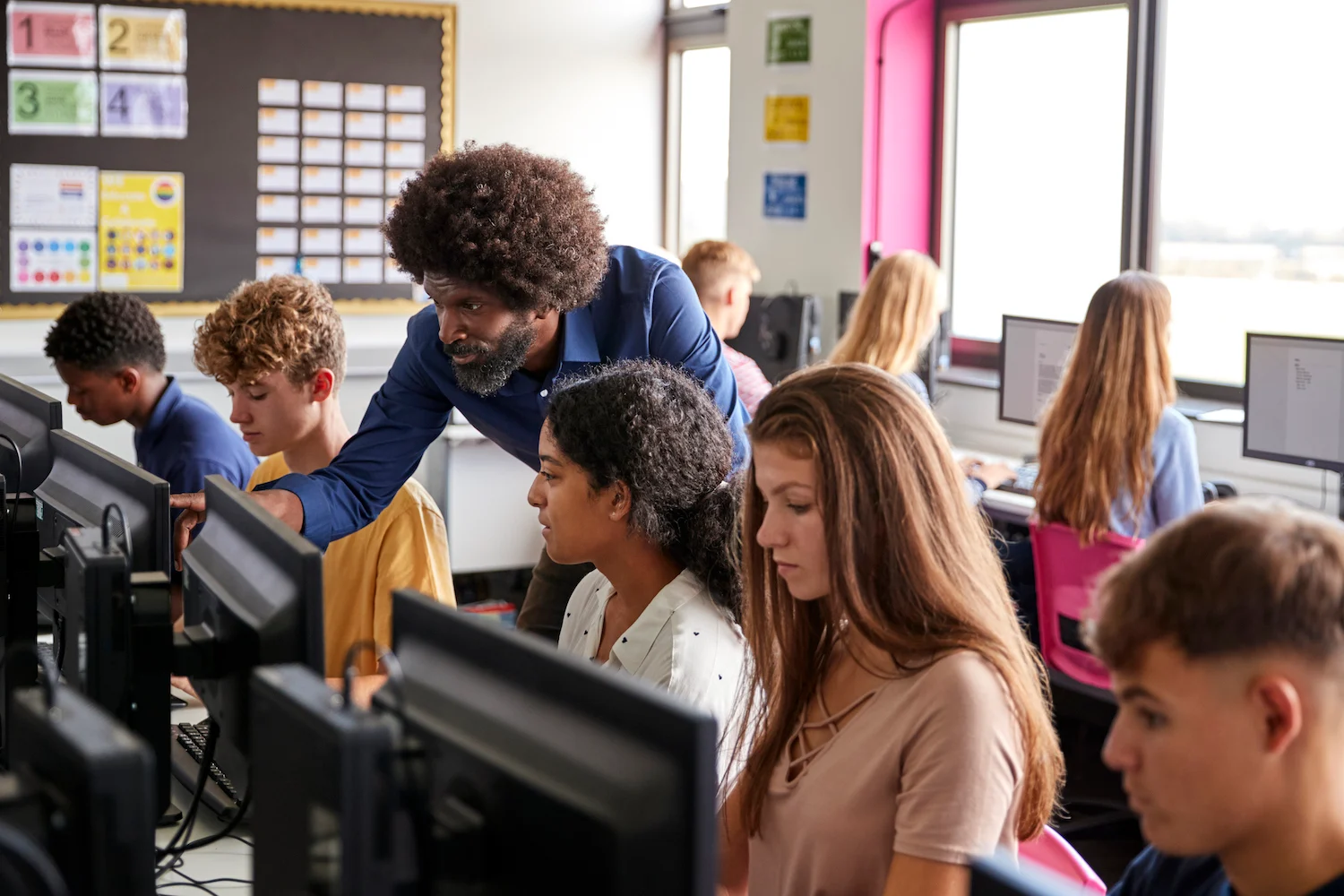Introduction: A Pillar of Progress
Education has long stood as one of the cornerstones of human development, a bridge between potential and achievement. It shapes not only individuals but entire civilizations, influencing the economic, cultural, and moral trajectories of societies. Yet, in today’s rapidly evolving world, education is undergoing a profound transformation. The traditional model—textbooks, chalkboards, and standardized testing—is giving way to more holistic, technology-driven, and learner-centered paradigms. The 21st-century educational landscape is defined by a shift from memorization to critical thinking, from passive learning to active engagement, and from exclusivity to inclusivity. It is no longer just about preparing students for exams but about equipping them to navigate complexity with agility, empathy, and purpose.
The Changing Face of Learning
The modern era has redefined how, when, and where we learn. The conventional boundaries of the classroom are dissolving, replaced by dynamic learning environments that reflect the diverse ways people process information.
Key trends reshaping education today:
-
Digital Learning Platforms: From Khan Academy to Coursera, online education has opened up unprecedented access to knowledge. Whether it’s a child in rural India or an executive in New York, learning is now just a click away.
-
Personalized Learning: Artificial intelligence and data analytics are enabling personalized lesson plans tailored to a student’s pace, strengths, and weaknesses.
-
Hybrid Education Models: A blend of in-person and online instruction is becoming the norm, especially in higher education and professional training settings.
-
Project-Based Learning: Students are now encouraged to tackle real-world problems through collaborative projects, fostering creativity, teamwork, and problem-solving skills.
The Purpose of Modern Education
Gone are the days when the sole aim of education was to secure employment. In a world defined by automation and uncertainty, education must serve a broader purpose. It must prepare individuals to lead fulfilled lives, contribute meaningfully to society, and adapt to continuous change.
Contemporary education must aim to:
-
Cultivate Critical Thinking: Instead of rote memorization, learners should be taught to question, analyze, and think independently.
-
Foster Emotional Intelligence: Skills like empathy, resilience, and communication are essential in both personal and professional contexts.
-
Promote Lifelong Learning: In an era where skills become obsolete quickly, the ability to continuously learn is more valuable than static knowledge.
-
Encourage Civic Engagement: Students should emerge not only as capable professionals but also as responsible, informed citizens.
The Role of Teachers: From Instructors to Facilitators
Teachers today are more than just purveyors of information. In an age where facts are available at our fingertips, the teacher’s role is evolving into that of a mentor, facilitator, and guide. They are tasked with nurturing curiosity, managing diverse learning styles, and inspiring a love for discovery.
What modern educators must embody:
-
Adaptability: The ability to shift between in-person and digital teaching modalities.
-
Technological Proficiency: Familiarity with digital tools and platforms to enhance classroom engagement.
-
Cultural Sensitivity: Awareness of students’ varied backgrounds and the ability to create inclusive learning environments.
-
Mentorship: Offering emotional support and career guidance in addition to academic instruction.
Challenges in Today’s Educational Landscape
While education has made great strides, it is not without its share of pressing challenges. From systemic inequalities to technological divides, educators and policymakers must navigate a complex terrain.
Major hurdles include:
-
Educational Inequity: Access to quality education still varies widely based on geography, income, gender, and disability.
-
Digital Divide: Not all students have access to the internet or smart devices, particularly in under-resourced communities.
-
Overstandardization: High-stakes testing can undermine creativity and discourage personalized learning paths.
-
Mental Health Concerns: Increasing academic pressures and social anxieties are taking a toll on student well-being.
Global Innovations in Education
Across the globe, educators are experimenting with novel approaches that challenge the status quo and push the boundaries of what education can be.
Innovative models making an impact:
-
Finland’s Phenomenon-Based Learning: Moving away from traditional subjects, Finnish schools focus on interdisciplinary themes like climate change or entrepreneurship.
-
India’s National Education Policy (NEP 2020): A bold shift towards flexibility, creativity, and early childhood care, aiming to create well-rounded learners.
-
Montessori and Waldorf Methods: These alternative systems emphasize hands-on, student-driven learning and emotional development.
-
The Rise of Microlearning: Bite-sized lessons designed for quick consumption, often used in corporate or vocational training settings.
The Power of Holistic Education
True education nurtures the whole person—mind, body, and spirit. It does not merely prepare students for exams, but for life. A holistic approach integrates intellectual rigor with physical wellness, emotional resilience, artistic expression, and ethical reasoning.
Components of holistic education:
-
Academic Excellence: Strong foundational knowledge and intellectual discipline.
-
Physical Fitness: Regular activity and healthy habits to support mental performance.
-
Creative Expression: Opportunities in music, art, drama, and writing to stimulate imagination.
-
Character Building: Lessons in ethics, service, and self-awareness that shape values.
Looking Ahead: Reimagining Education for the Future
As artificial intelligence, climate change, and global interconnectedness reshape our world, education must evolve to meet the moment. The future belongs to those who can think beyond borders and disciplines, who are both digitally literate and deeply human.
Key priorities for future-ready education:
-
Interdisciplinary Curricula: Blending science with the arts, technology with humanities.
-
Sustainability Education: Teaching environmental stewardship as a core competency.
-
Global Citizenship: Encouraging students to see themselves as part of a shared human story.
-
Ethical Tech Integration: Leveraging AI and VR responsibly to enhance—not replace—human learning.
Conclusion: Education as a Living, Breathing Force
Education is not a static institution. It is a living, breathing force that must grow with the times while holding onto its core purpose—to awaken minds, uplift societies, and build a better future. As we journey deeper into an age of rapid transformation, the way we teach and learn must remain agile, compassionate, and forward-thinking. For in the hearts and minds of learners today lie the seeds of tomorrow’s breakthroughs, revolutions, and possibilities.














